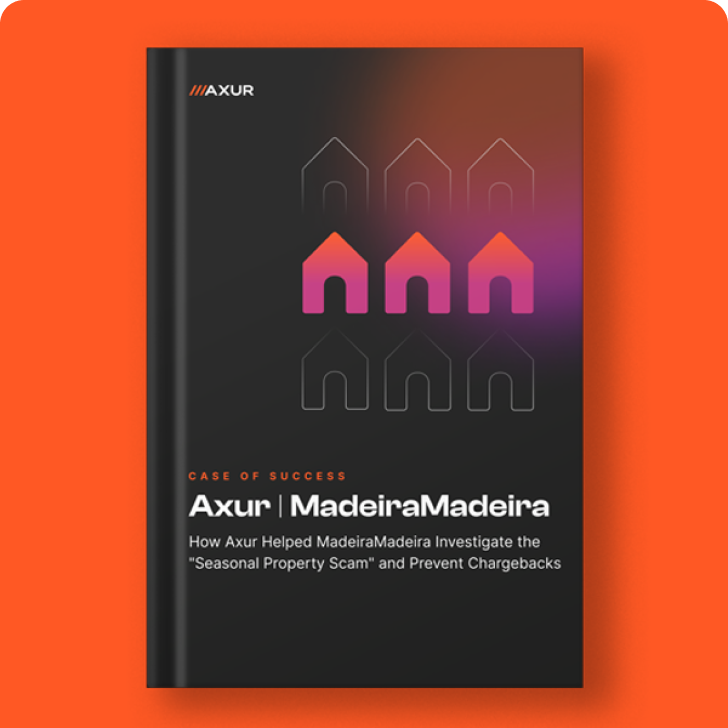September 23, 2019
Digital Fraud
September 23, 2019
Flaw in Google Chrome Mobile Creates an (Almost) Perfect Fraud
May 29, 2019
How Can You Protect Your Business from Leaked Credentials?
May 29, 2019
Google Removes 2.3 Billion Ads in 2018: a Look at the Changes to their Content Policy
May 27, 2019
Phishing down at the end of 2018, according to APWG report in partnership with Axur
Stay Ahead with Axur Insights
Subscribe to receive the latest cybersecurity content directly in your inbox. Get first-hand access to new resources, updates, and exclusive materials from Axur.

















